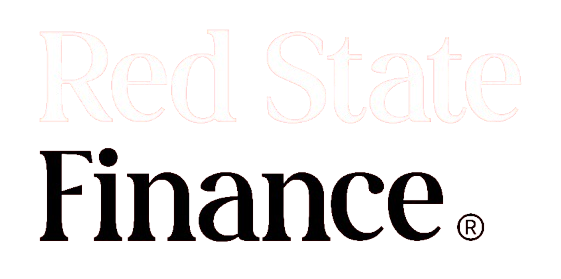The U.S. debt has now surged to a staggering $35.3 trillion, and the cost of paying off the interest on this enormous borrowing continues to rise, hitting a daily average of $3 billion.
That’s right—$3 billion per day, every day, even on weekends. Apollo’s chief economist, Torsten Sløk, highlighted this sobering statistic in a note recently, showing just how much America’s debt servicing has escalated.
This daily interest expense has doubled since 2020, largely driven by the Federal Reserve’s aggressive interest rate hikes intended to tame inflation. The Fed’s actions have increased the cost of Treasury bonds, which means the U.S. government has to pay more in interest to bondholders. As the interest on these bonds has soared, so has the national debt’s daily burden. Just two years ago, the daily interest stood at around $2 billion, but as borrowing costs have ballooned, so has the cost of managing that debt.
For fiscal conservatives, this spells bad news. The federal government’s fiscal year is coming to an end this month, but the year-to-date interest on the national debt has already hit $1 trillion. And with ongoing deficits and rising borrowing, that figure shows no sign of slowing down. The nation’s debt is on an unsustainable path, eating up funds that could otherwise go to vital programs like defense or Social Security.
Still, some hope may lie on the horizon. With the Federal Reserve expected to begin cutting rates later this year, the cost of borrowing could finally ease. Sløk estimates that if the Fed were to reduce interest rates by just 1%, it could cut the daily interest expense by half a billion dollars—from $3 billion a day to $2.5 billion. While this might offer some short-term relief, it’s hardly a cure-all for the mounting debt crisis.
What’s more concerning is that whoever takes the reins of the White House in 2025 may exacerbate the already troubling budget deficits. A recent study by the Penn Wharton Budget Model has painted a grim picture. Whether it’s Donald Trump or Kamala Harris, both candidates’ policies are expected to increase the deficit over the next decade. But the degree to which the national debt could grow is where the two differ.
Under Trump’s proposed tax and spending plans, primary deficits would increase by a staggering $5.8 trillion over the next 10 years, based on a conventional estimate. If you account for economic factors, the increase drops slightly, but it’s still an eye-watering $4.1 trillion. Trump’s policies, which prioritize tax cuts and defense spending, are seen as potentially deepening the fiscal hole.
On the other hand, Kamala Harris’ proposals, though still problematic from a fiscal standpoint, would result in a smaller increase in the deficit. Her plans would expand the deficit by $1.2 trillion over the next 10 years, or by $2 trillion if factoring in economic effects. While Harris may not be adding as much to the debt as Trump’s policies would, any increase only pushes the nation closer to a fiscal cliff.
JPMorgan analysts have also raised alarms about the long-term outlook, calling the current debt path unsustainable. They warn that regardless of who wins the next election, the U.S. faces an inevitable debt crisis. The pandemic’s profligate fiscal policy has already absorbed enormous amounts of capital, and this spending spree is likely to continue, further straining the economy.
At the same time, demographic changes are also contributing to the problem. The mass retirement of baby boomers is pushing a significant portion of the population from a high-savings phase into a low-savings phase, reducing the available supply of capital. This shift further depresses the outlook for fiscal sustainability, making it more challenging to address the mounting debt crisis.
In short, the U.S. is in deep financial trouble, and without serious fiscal reforms, this debt spiral could push the nation toward even more serious consequences. Whether through inflation, increased taxes, or reduced spending on essential services, Americans will likely feel the pinch as the cost of the nation’s borrowing continues to climb.





